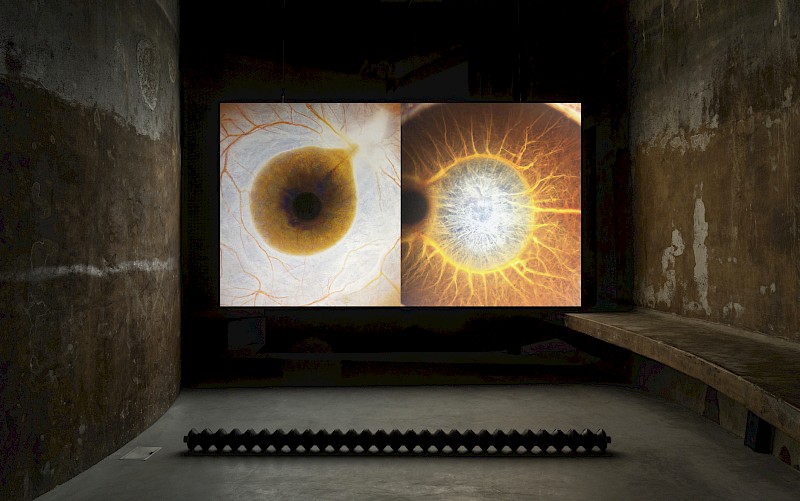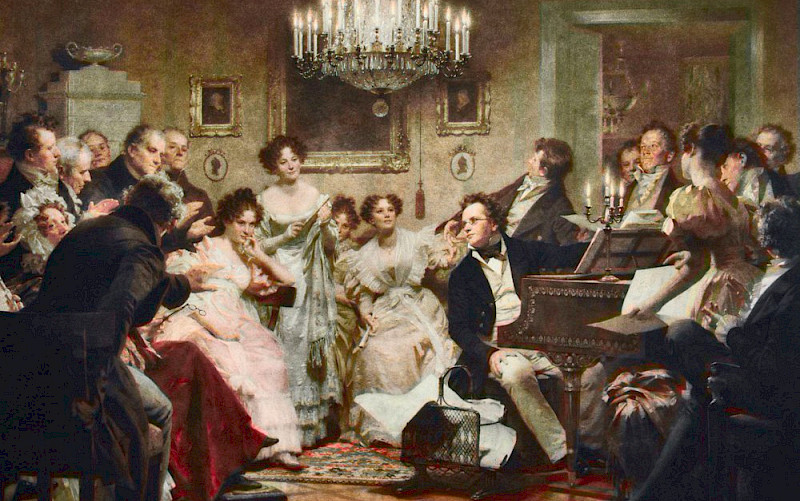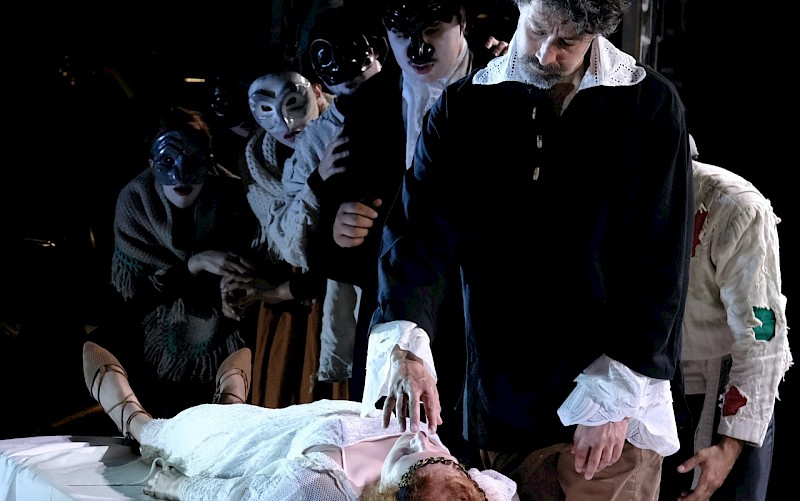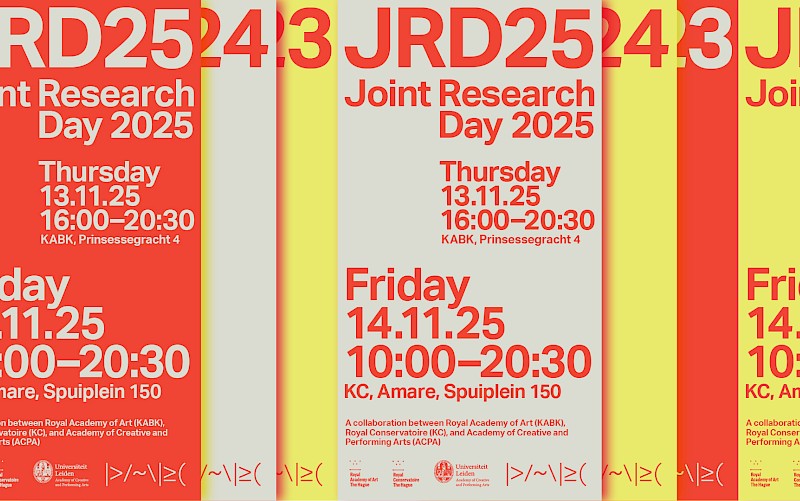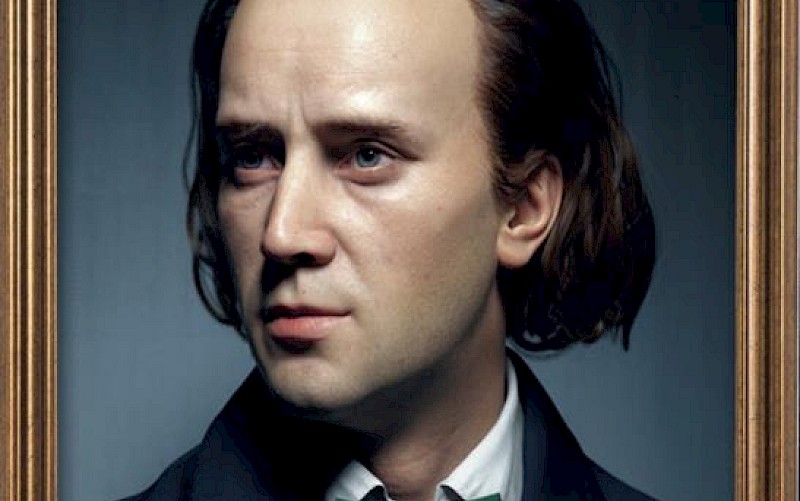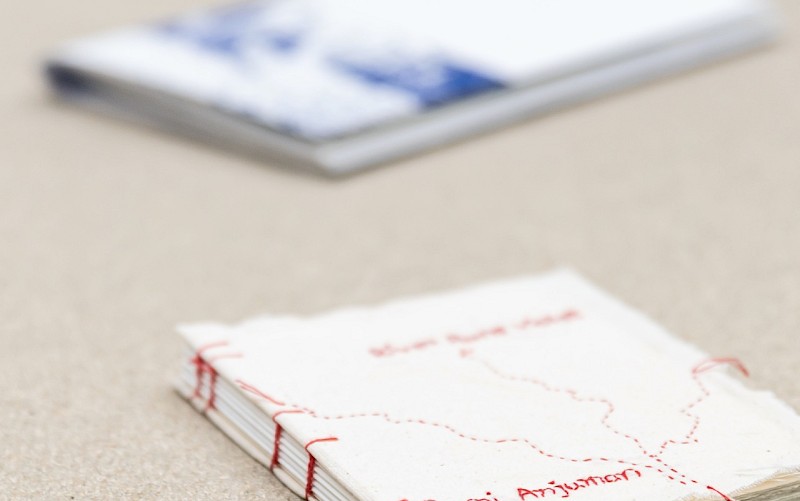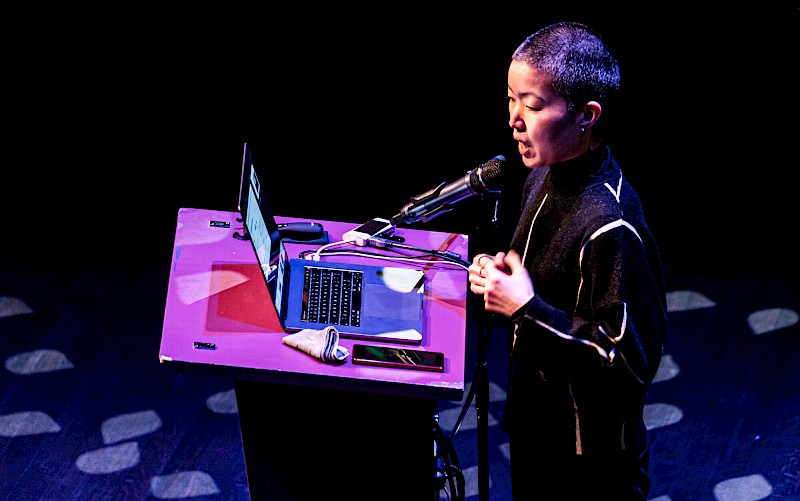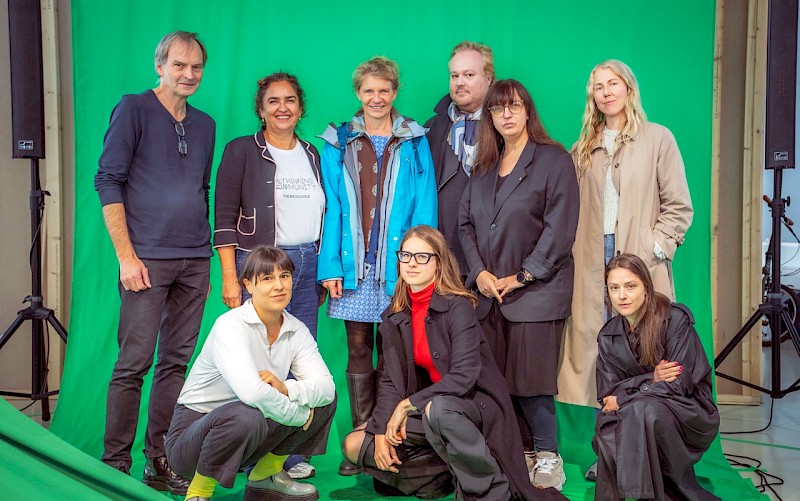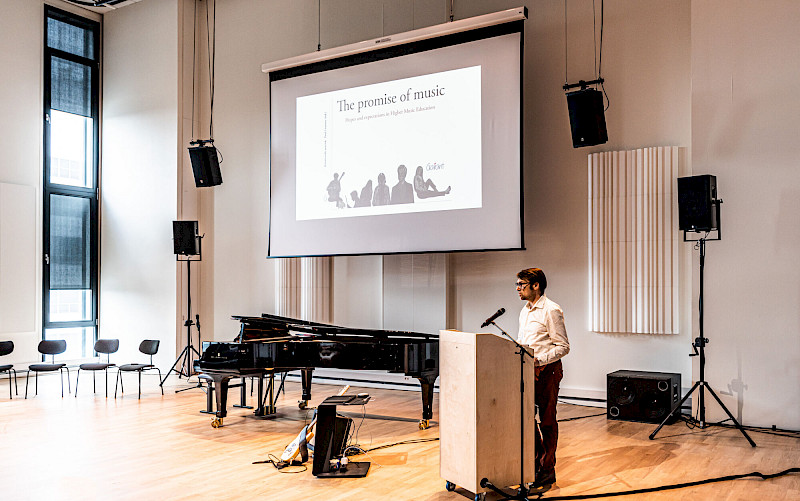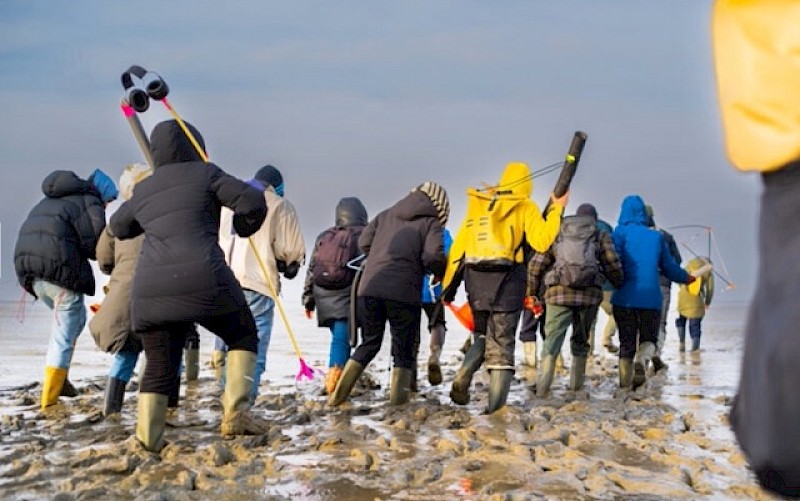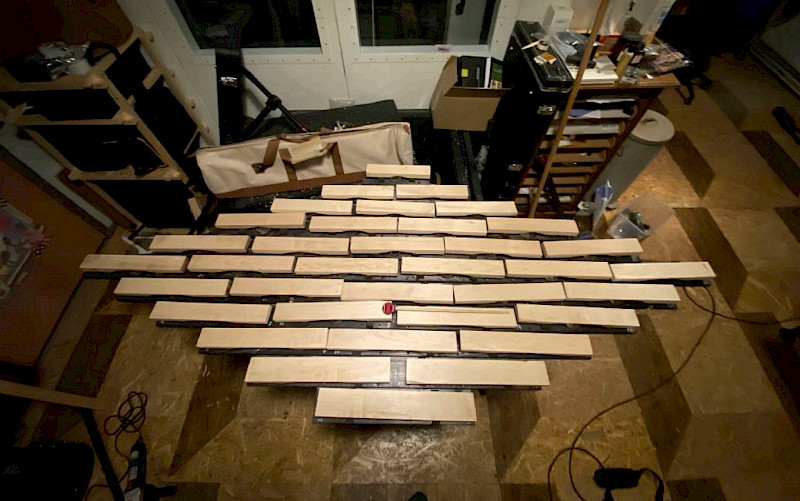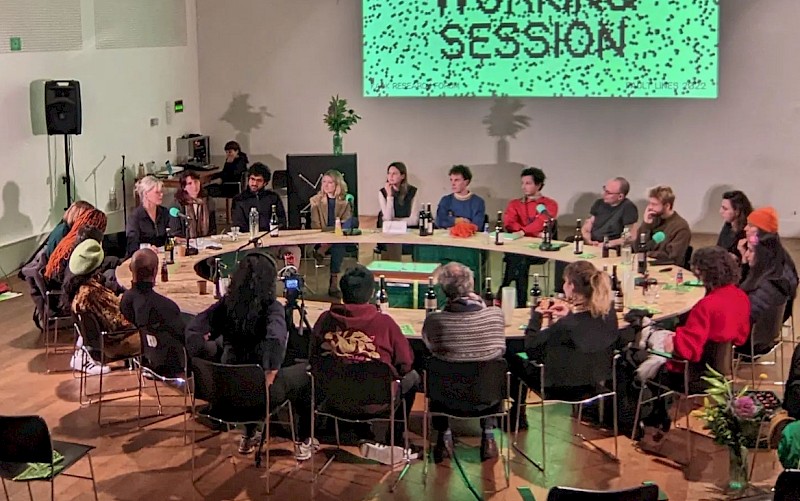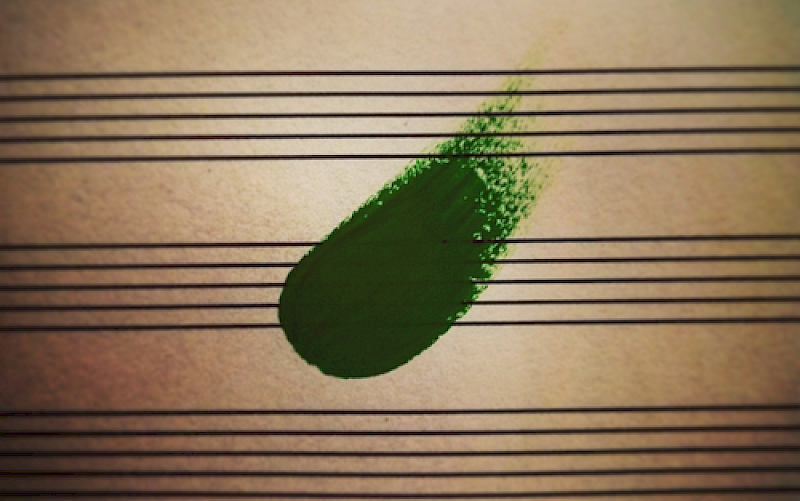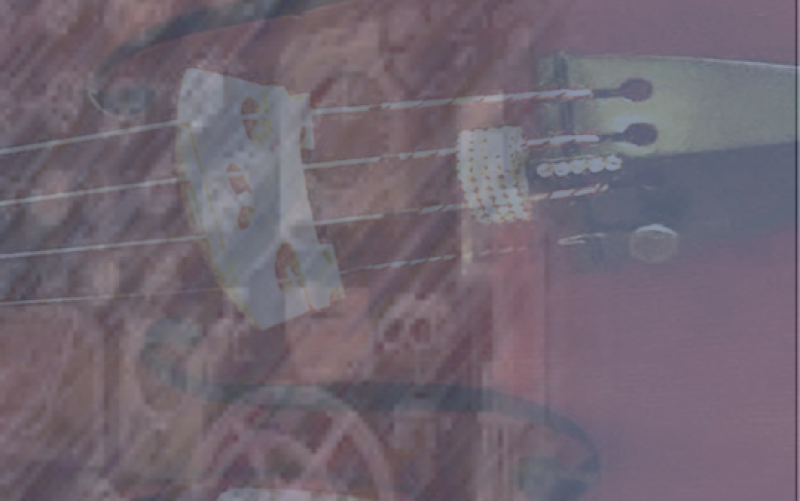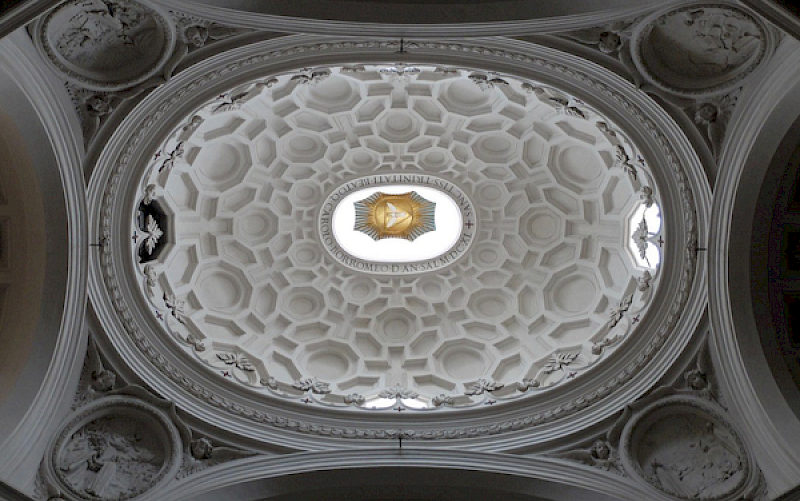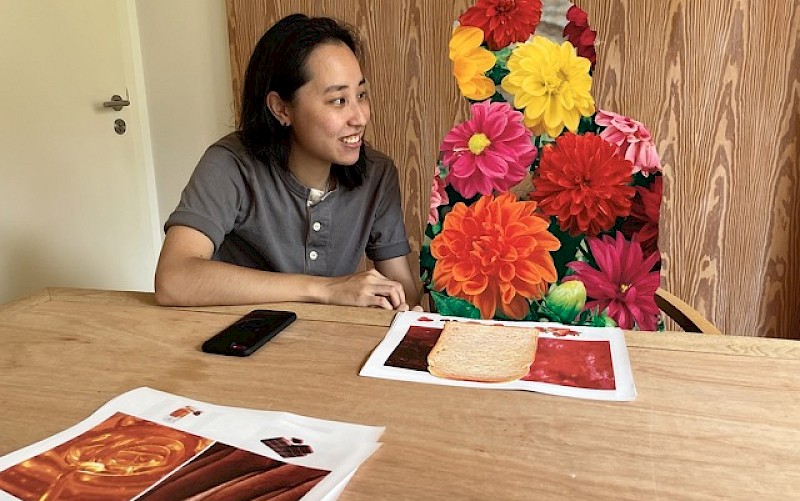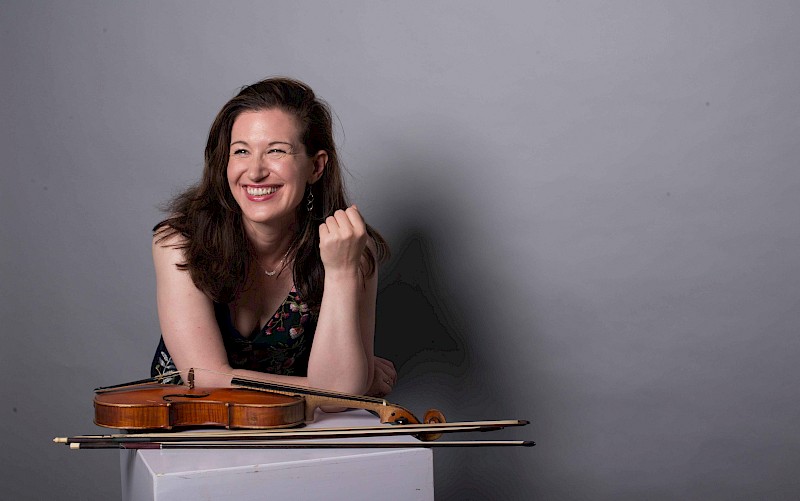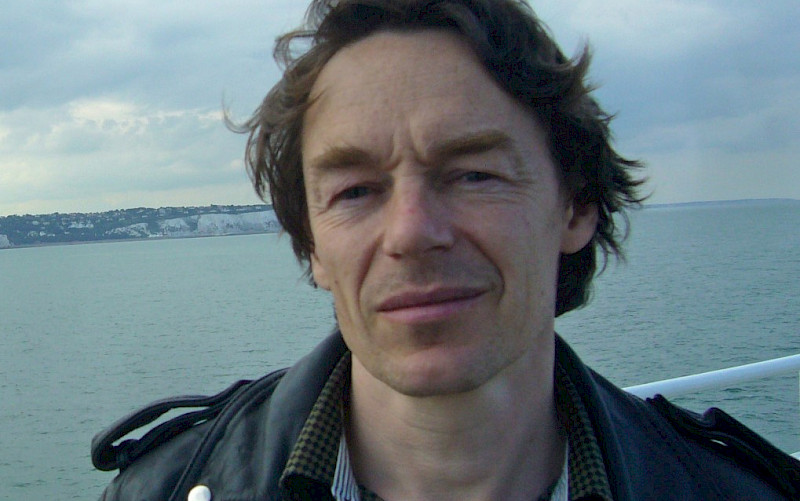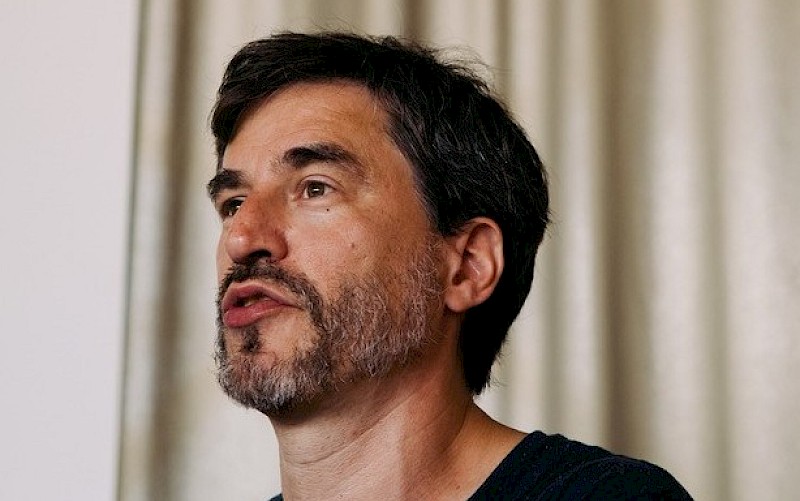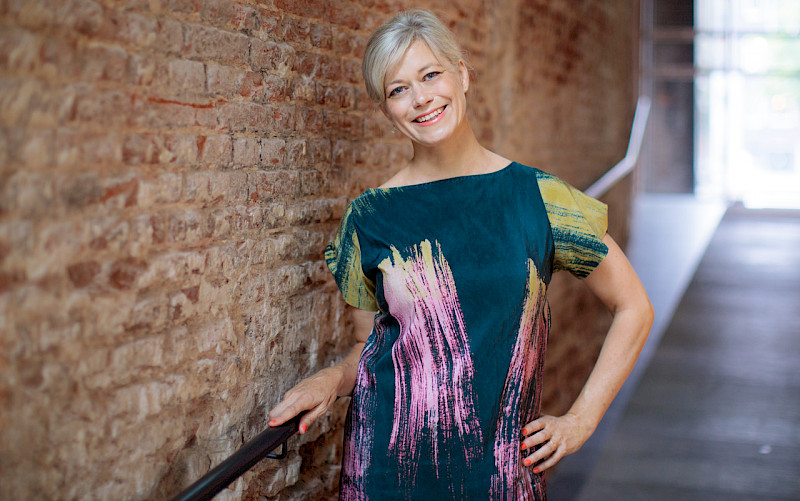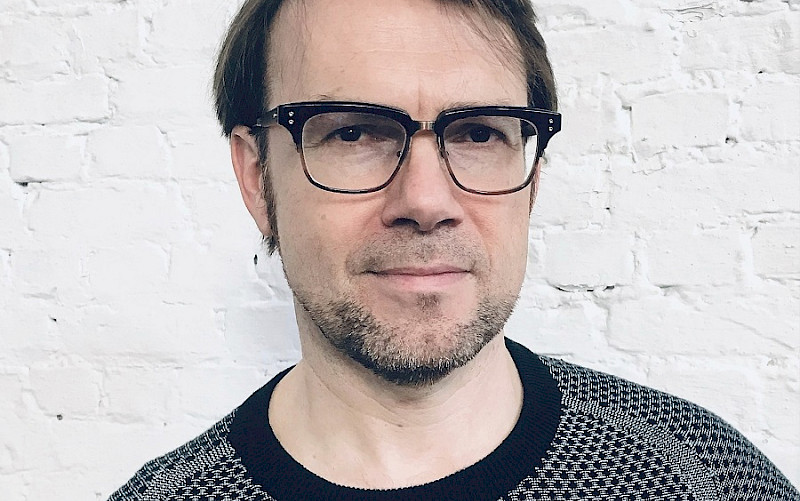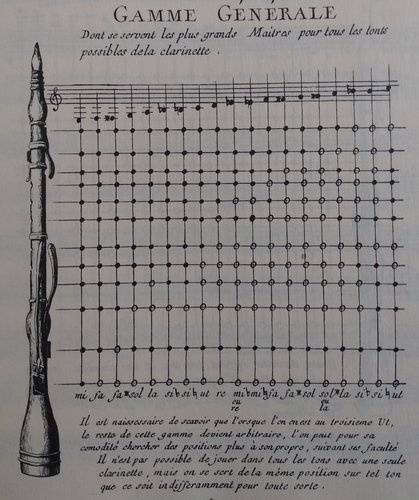
Clarinet Pedagogy in Times of Change and Advancement: The Evolution of Amand Vanderhagen’s Méthode Nouvelle et Raisonnée pour La Clarinette
Name: Noa Meshulam Main Subject: Historical Clarinet Research Supervisor: Wouter Verschuren Research Title: Clarinet Pedagogy in Times of Change and Advancement: The Evolution of Amand Vanderhagen’s Méthode Nouvelle et Raisonnée pour La Clarinette Research Questions: • How are the changes in the clarinet’s design and playing techniques, musical aesthetics, and taste being manifested in Amand Vanderhagen’s method from the first to last edition (1785-1819)? • Has Vanderhagen changed his pedagogical model in the 34 years that passed between his first book and his last? If any changes occurred, what were the factors that contributed to that? Summary: During the last decades of the eighteenth century, the field of clarinet pedagogy started to blossom and rapidly developed alongside the publishing of the first comprehensive methods for the instrument. The earliest amongst these important treatises, Méthode Nouvelle et Raisonnée pour La Clarinette, by Belgian-French clarinetist Amand Vanderhagen, was published in 1785. Throughout his lifetime, Vanderhagen edited and republished his method twice after the initial edition; In 1799, the Nouvelle Méthode de Clarinette, and in 1819, the Nouvelle Méthode de Clarinette Moderne à Douze Clés. In this research, I demonstrate the ways in which the development of the clarinet and the changes in the musical culture in Paris affected, contributed to, and inspired Vanderhagen to modify his pedagogical model. In addition, I examine the ways changing musical aesthetics and styles are manifested throughout the three methods. During the process, I got the impression that Vanderhagen was extremely sensitive and attentive to the changes in the musical scene, as well as the advancements in the clarinet culture in Paris. Hence, between his three methods, I could spot several interesting changes in his approach, particularly in topics like embouchure, exercises, embellishments, etc. With this comparison, I aimed to draw attention to a different thread that focuses on Vanderhagen’s approach to clarinet pedagogy in the late-eighteenth and early-nineteenth centuries, and appreciate the ways in which the instrument’s evolution contributed to the development of the method and practice of teaching. Biography: Noa Meshulam is an Israeli-Portuguese clarinetist specializing in historically informed performance. She earned her bachelor’s degree from the Jerusalem Academy of Music and Dance. During her bachelor studies, she participated in the Nazarian Excellence in Chamber Music Program and played with The Jerusalem Symphony Orchestra on several occasions. After graduating she moved to the USA to pursue her master’s degree at Indiana University and was awarded scholarship and fellowship grants. There, she also started studying historical clarinet with Eric Hoeprich, with whom she continued her second master’s studies at the Royal Conservatory in The Hague.
Author: Noa Meshulam

